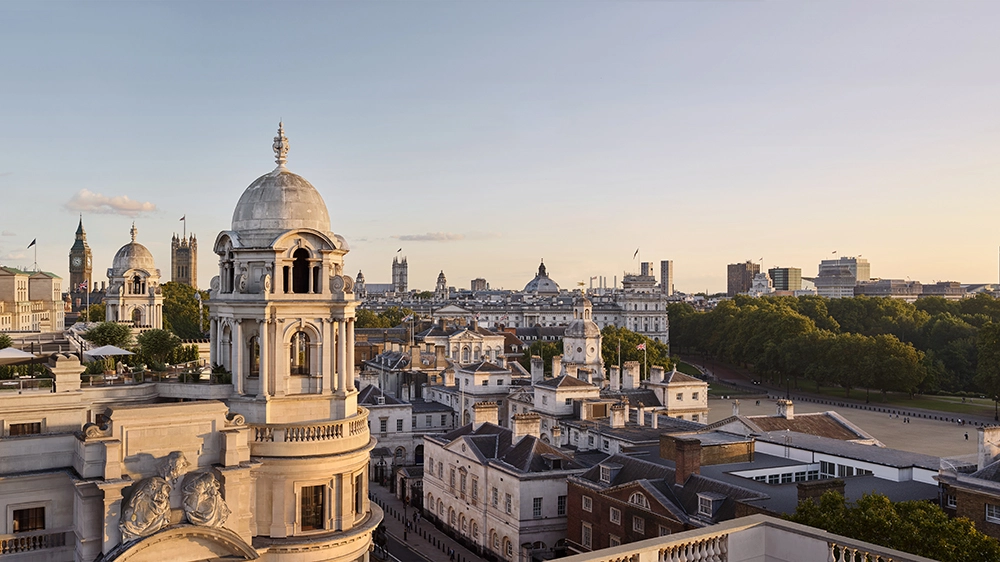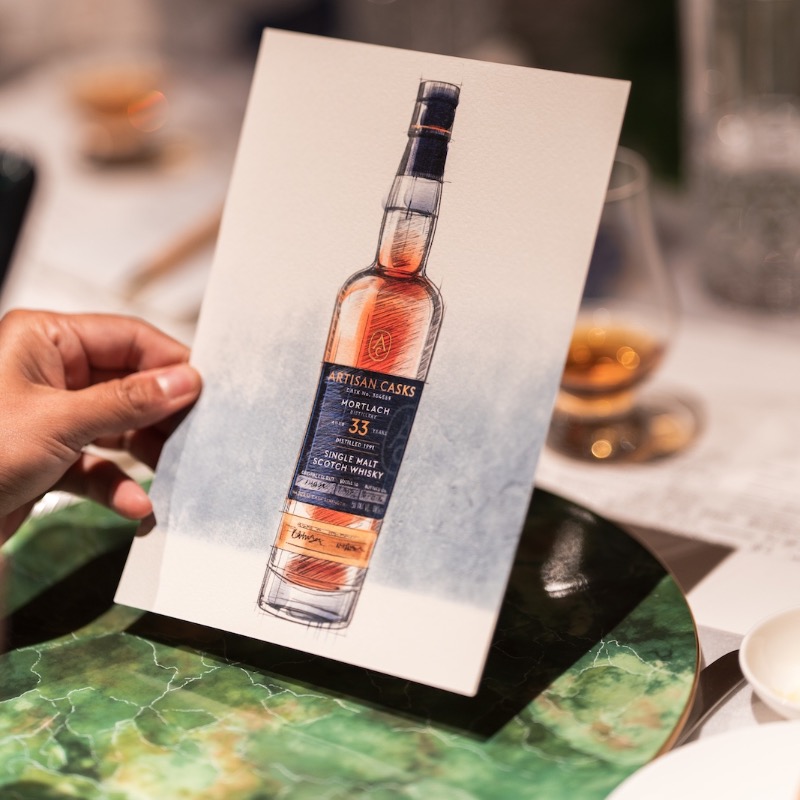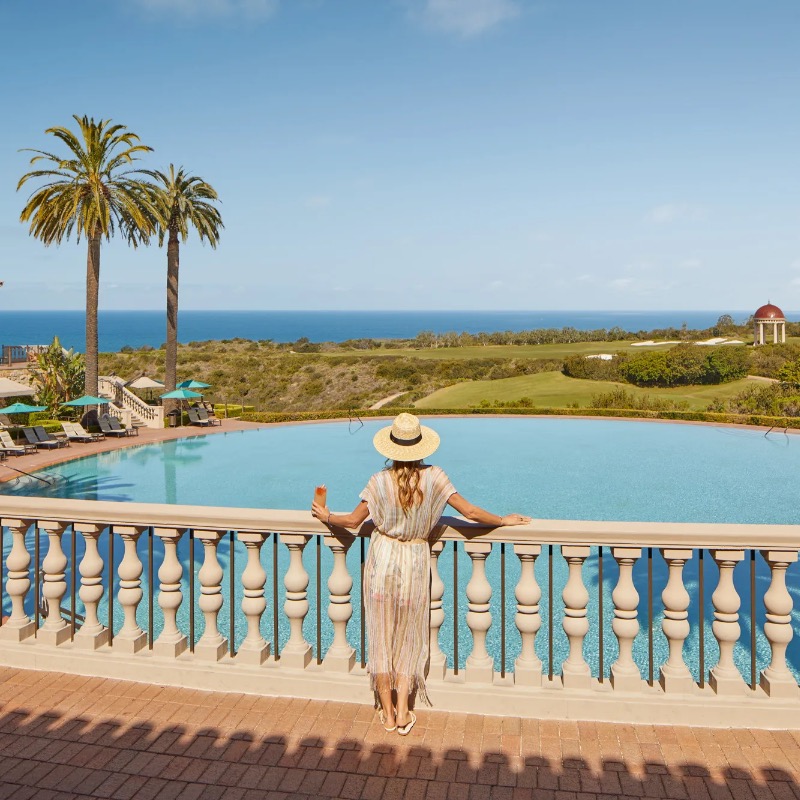When architect Geoff Hull first stepped onto this old government office site on London’s Whitehall eight years ago, he found it in a hazardous state. He stumbled on everything from waterlogged basement flooring to air-conditioning ducts artlessly rigged down the center of corridors, an ad hoc solution that had defaulted to permanent. The stringent historic protectionism he was tasked to work within, known in the U.K. as listing, had seemingly not been applied by the government to its own Old War Office (OWO), a landmarked Edwardian-era building commissioned in 1898 and, famously, Winston Churchill’s office during WWII. “I could see the grandeur, the importance, but it was disappointing—shocking, even—what the government had done to the building,” says Hull, a director at EPR Architects. Nonetheless, he says, “it was one of those tingling moments.”
Now, that career-capping challenge is about to be unveiled: the new Raffles London at The OWO. This hotel-and-residence project repurposes a 580,000-square-foot building, completed in 1906, that was a triumph of Imperial-era Britain; as the nerve center of the empire, the Old War Office was intended as a bombastic statement of grandeur that cost the equivalent of US$225 million (HK$1.8 billion) to construct. Six years and more than US$1.2 billion (HK$9.4 billion) later, it is reclaiming its place as a new kind of London landmark: the latest, most luxurious hotel.
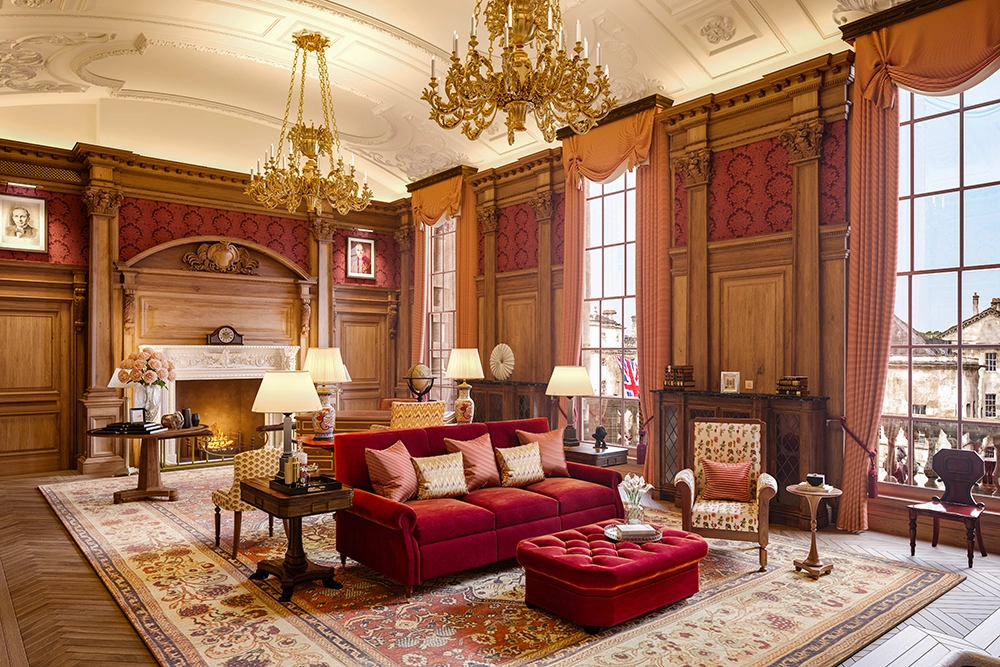
Grain London Ltd./Courtesy of Raffles Hotels
The Old War Office was a top-secret government building—both MI5 and MI6 were established here in 1909, and employees used a discreet entrance on Whitehall Court still known as the Spies Entrance—and as such it has had cameos in several Bond movies. “The original purpose was keeping people out, and now we want people to come in,” Hull says, laughing about the particular challenge of making the fortress-like site feel welcoming. He and his team responded by opening up more entrances, turning the once-gated quadrangle into alfresco social space, and festooning the facade with flags to help indicate it’s open for business. The assortment of nine restaurants installed, including a trio overseen by three- Michelin-starred Argentinian chef Mauro Colagreco, as well as the first Guerlain-branded spa in London, should help lure locals, too.
Hull’s restoration unearthed lost mosaic floors beneath cheap carpets and elaborate cornice-work blocked by dropped ceilings. Replicas were cast of the carved ceiling-work to help replace damaged or lost portions, the soaring central marble staircase at the heart of the lobby was painstakingly repaired, and the cramped, damp basement underwent a massive five-story excavation and extension.
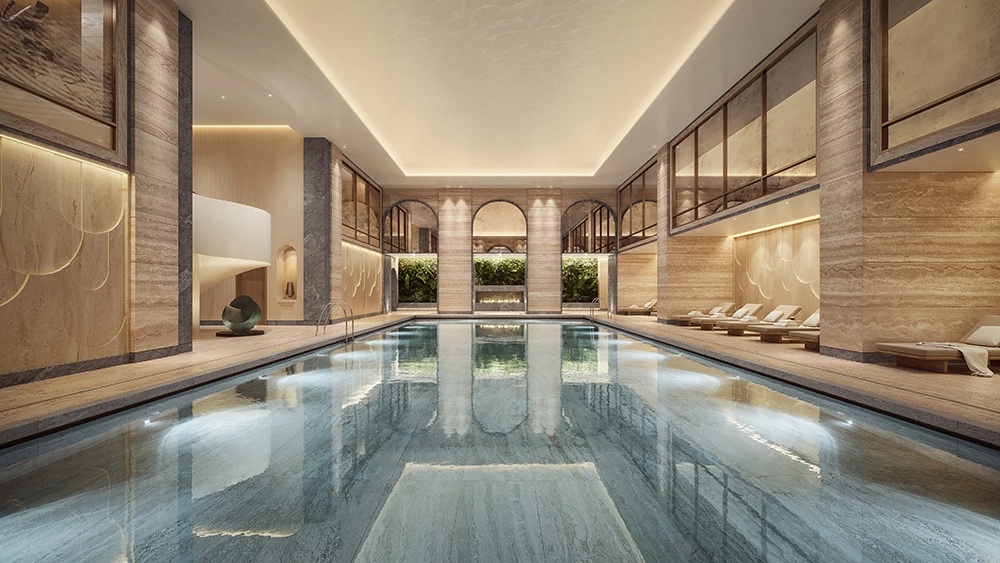
Grain London Ltd./Courtesy of Raffles Hotels
Half of the site has been repurposed as 85 branded residences, while the hotel portion consists of 120 Thierry Despont–designed rooms and suites. The standouts are the sequence of five Heritage suites, each of which was once a stateroom; these can be booked separately or converted into one enormous annex spanning almost 5,400 square feet.
The Granville Suite is a particular favorite of managing director Philippe Leboeuf. “The room has incredible paneling and is 30 feet high with an incredible bathroom—it’s so big, but there was nothing we could do to make it smaller. This is a listed building, so we could make no structural changes.” Leboeuf notes that it’s named after Christine Granville, one of Britain’s most effective agents during World War II. “She was Churchill’s favorite spy,” he says. “During the war, the building was occupied by ladies, because all the men were away at war.” Doubtless, James Bond would approve.





